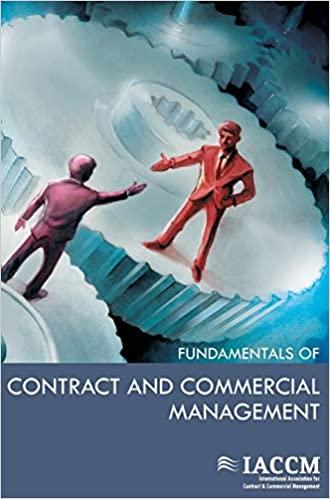Question
WatchGlobal is a global media organization with businesses spanning television, press, radio and educational publishing. As with many media organizations, WatchGlobal was faced with a
WatchGlobal is a global media organization with businesses spanning television, press, radio and educational publishing. As with many media organizations, WatchGlobal was faced with a rapid transition to digital in most of its core businesses, and a move away from more traditional media. According to a senior executive, "We realized early that if we don't transform the way we do business, we're going to die. It's not about changing the way we do technology but changing the way we do business." WatchGlobal embarked on a digital transformation journey. The digital transformation was mandated from the top of the organization. The CEO, in laying out his vision of the future, demanded that the firm substantially grows its digital business from less than 1 percent to 20 percent of its sales within a span of a few years. The CEO instituted a radical change for the highly decentralized organization by creating a centralized digital unit to coordinate and assist in building digital businesses. The company's digital transformation was designed around four key pillars: Creating a decentralised digital organization Creating the next generation digital distribution and monetization platform to ensure that all of their global assets could be shared effectively across businesses, and new products could be easily created Injecting new digital skills and experience Encouraging digital innovation The company monitors the progress of its digital transformation through clear and transparent performance management scorecards. The digital unit is simultaneously driving innovation (based on an investment model), sales strategy (based on a profit & loss model) and service delivery (based on a shared service model). These three units are part of the digital transformation strategy for WatchGlobal. However, through digitisation, WatchGlobal faces cannibalization of its traditional business. The firm still has profitable traditional activities and there is a temptation to focus on retaining this current business. But the transition is being reinforced in communication from the top of the organization. For example the top management at WatchGlobal talks about the evolving interactive landscape of digital video technologies, not just about the traditional set-top-box model of pay TV. Furthermore, WatchGlobal is engaged in a strategic project with technology partners "to be able to deliver any type of content anytime, anywhere, any device." This digital platform will enable them to scale and compete on a global stage. WatchGlobal also engaged in mobile TV broadcasting and introduced an app, which became popular and a successful initiative. Regarding Social Media, the firm has an active presence on Twitter and does some advertising on Facebook as well. The company has integrated its digital products more tightly with social media and intends to use social media information to drive content consumption. The company views social media, mobile, and video to be key drivers for future growth. WatchGlobal envisions several new business opportunities with its robust digital transformation strategy. However, WatchGlobal's digital transformation challenges have mainly been around cultural resistance, the differing speeds of transition in each business unit and digital skills. The firm's top three challenges for the future are breaking risk aversion, streamlining the decision making process, and executing technology on pace to support all of the needed changes. MIT Sloan (2011). Digital Transformation. A roadmap for billion-dollar organisations Questions (100 marks): Answer all questions.
1.1 The case study refers to, "We realized early that if we don't transform the way we do business, we're going to die. It's not about changing the way we do technology but changing the way we do business." Discuss why it is important for WatchGlobal to digitally transform.
1.2 Critically examine the factors that could have triggered WatchGlobal to embark on a digital transformation strategy.
1.3 In addition to what is described in the case study, what new trends should the firm include in its digital transformation strategy?
1.4 Reflect on the digital transformation strategy for your organisation. Critically analyse how the strategy is impacting its operations.
1.5 Aside from what has been given in the case study, identify and discuss the risks that WatchGlobal faces from its digital transformation.
1.6 The case study refers to, "WatchGlobal was faced with a rapid transition to digital in most of its core businesses, and a move away from more traditional media." Provide recommendations to ensure that this transition is effective and smooth. Give examples of strategies that other companies have employed to ensure a seamless digital transformation.
1.7 What aspects of the company should be digitally transformed first and why? What impact do you think digital transformation will have on the overall company?
Step by Step Solution
There are 3 Steps involved in it
Step: 1

Get Instant Access to Expert-Tailored Solutions
See step-by-step solutions with expert insights and AI powered tools for academic success
Step: 2

Step: 3

Ace Your Homework with AI
Get the answers you need in no time with our AI-driven, step-by-step assistance
Get Started


